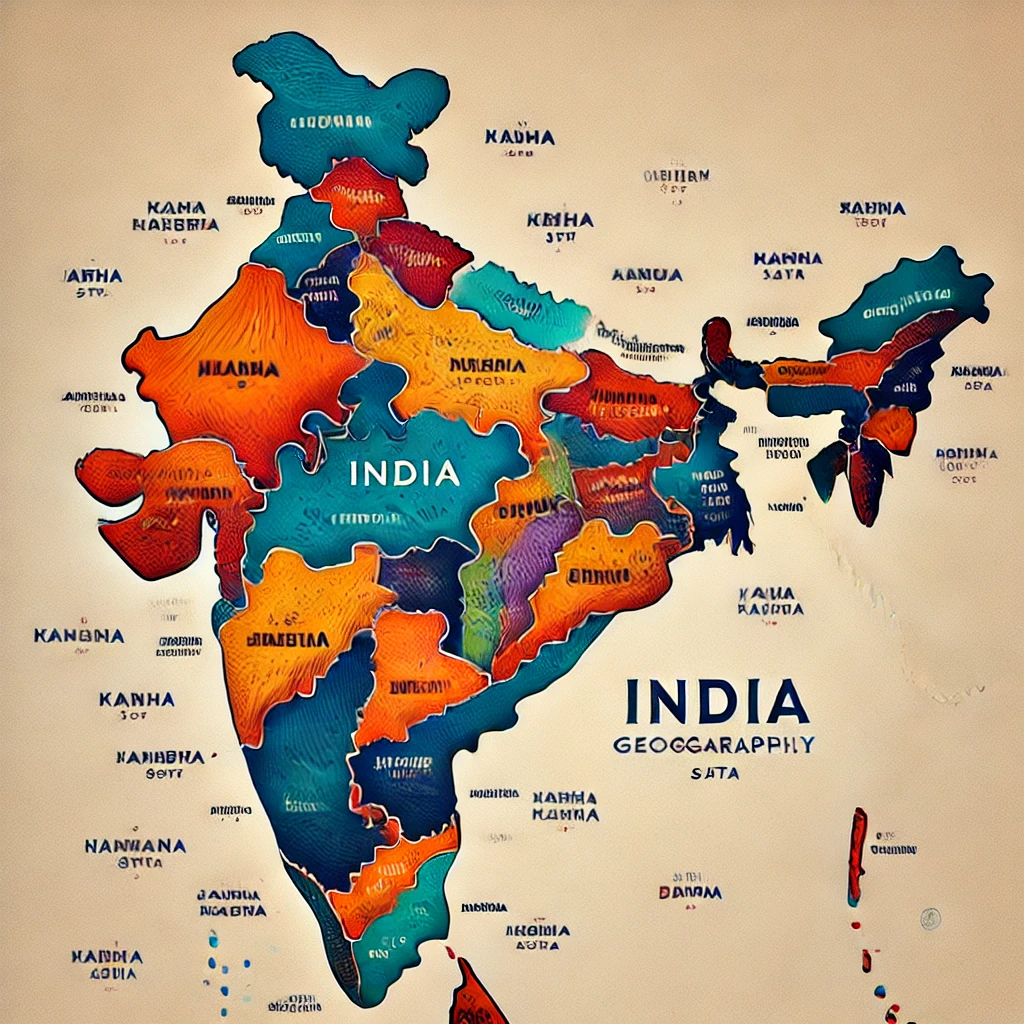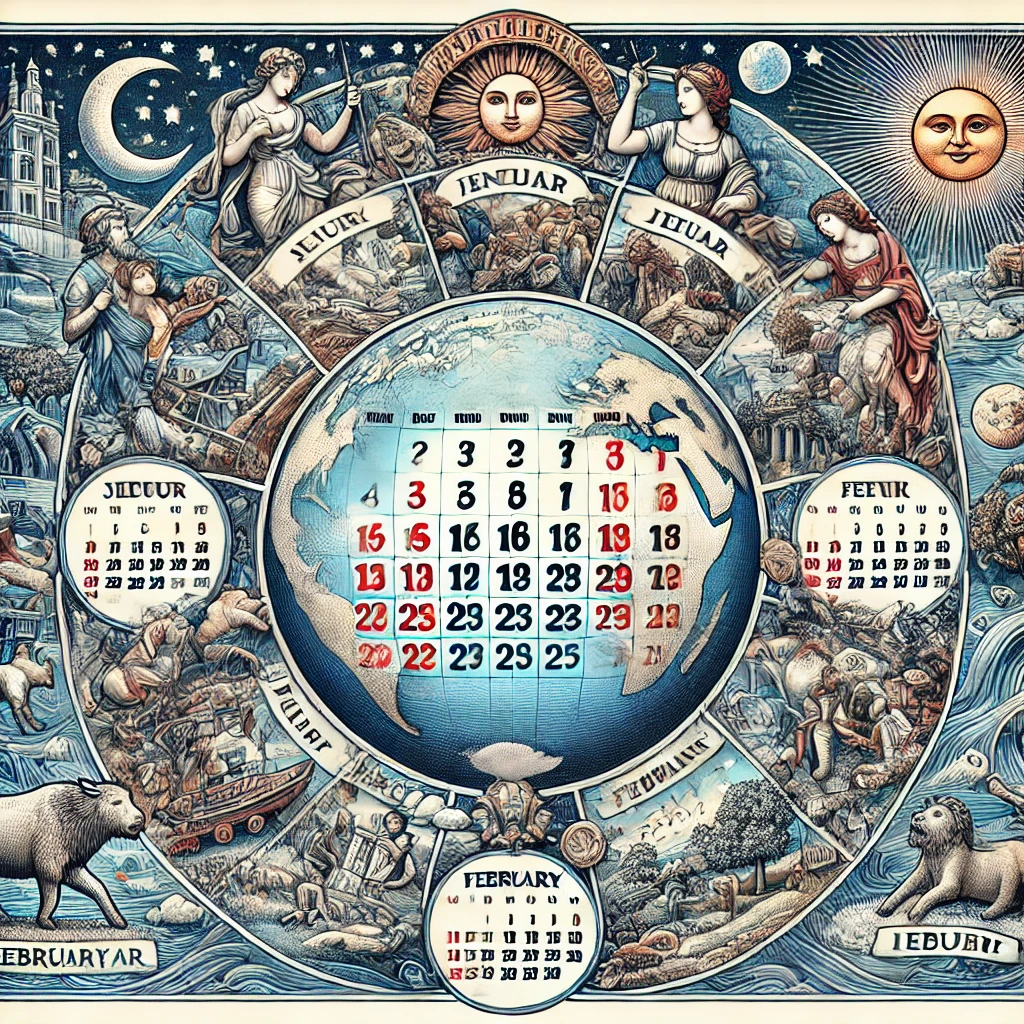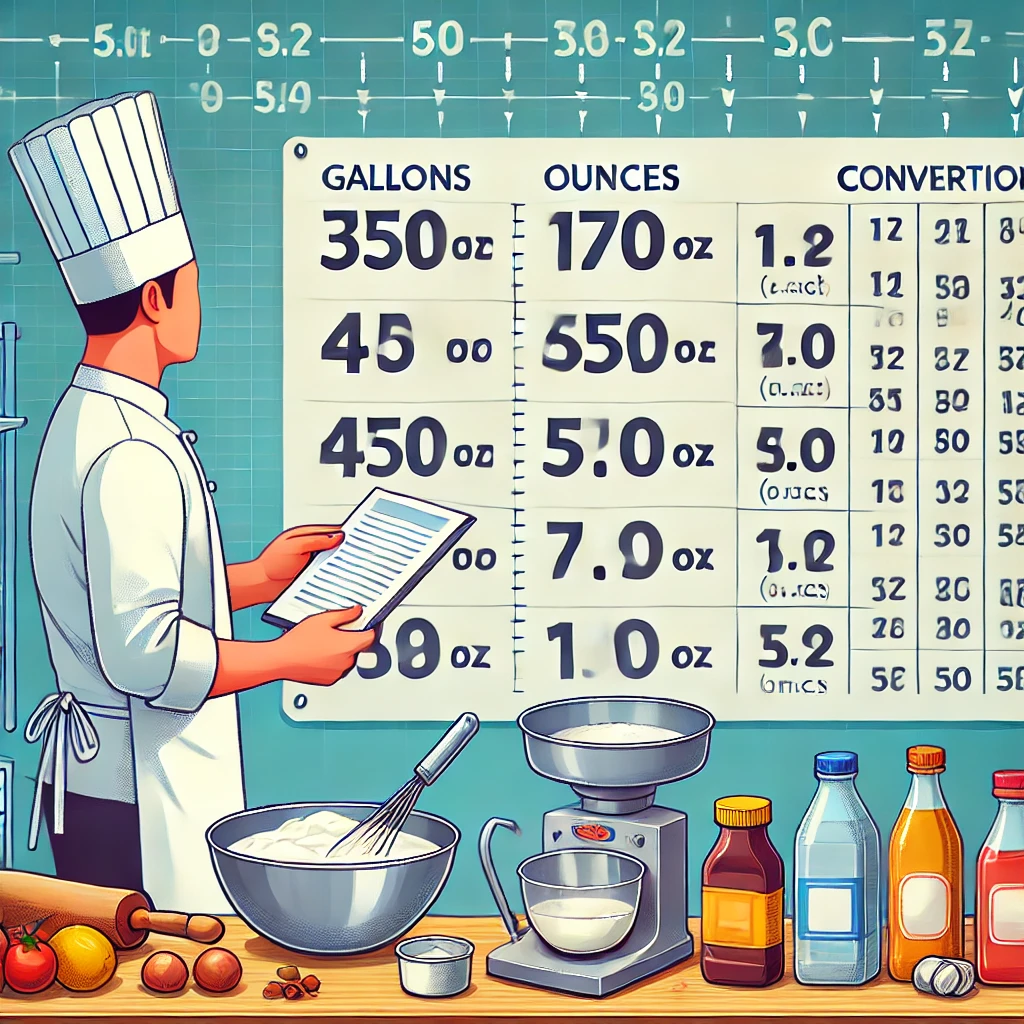How Many States Are There in India- India, the seventh-largest country by land area, is known for its rich cultural diversity and complex political structure. With a federal system of government, India is divided into several administrative units, including states and Union Territories. Understanding the number and roles of these states is crucial for grasping the nation’s governance and regional diversity. This article provides a comprehensive overview of the current states in India, their historical evolution, and their significance in the Indian Union.
Key Takeaways
- India currently has 28 states and 8 Union Territories.
- The formation of states is a dynamic process influenced by linguistic, cultural, and economic factors.
- States play a critical role in India’s federal structure, ensuring efficient governance and addressing regional diversity.
- Understanding the states helps in appreciating India’s rich cultural tapestry and complex political landscape.
Also Read: Understanding the Calendar: How Many Weeks Are in a Year?
Historical Context
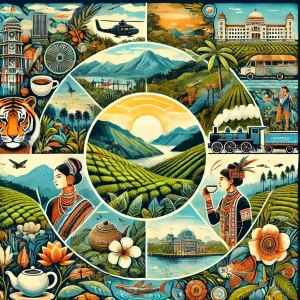
The formation of Indian states has been a dynamic and evolving process. Post-independence, the States Reorganisation Act of 1956 was a pivotal moment that redefined state boundaries based on linguistic lines. This reorganization aimed to maintain administrative efficiency and address regional demands. Over the decades, further reconfigurations have occurred, such as the bifurcation of Andhra Pradesh to create Telangana in 2014, reflecting ongoing changes in India’s political landscape.
Current State Count
As of now, India comprises 28 states and 8 Union Territories. Each state has its own government, while Union Territories are administered by the Central Government, with some having their own legislatures. This structure helps in managing the vast and varied needs of the country’s population effectively.
Overview of the 28 States
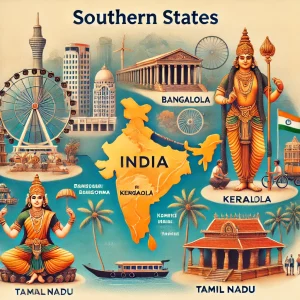
Northern States
The northern region of India includes states like Jammu & Kashmir, Himachal Pradesh, Punjab, Haryana, Uttarakhand, and Uttar Pradesh. These states are known for their diverse landscapes, ranging from the Himalayas to the fertile plains of Punjab and Uttar Pradesh. They play a crucial role in India’s agriculture, tourism, and cultural heritage.
Southern States
Southern India comprises Andhra Pradesh, Karnataka, Kerala, Tamil Nadu, and Telangana. This region is celebrated for its distinct languages, cuisines, and Dravidian architecture. The southern states are also economic powerhouses, contributing significantly to India’s IT, biotechnology, and manufacturing sectors.
Eastern States
The eastern part of India includes Bihar, Jharkhand, Odisha, and West Bengal. Known for their rich cultural histories and natural resources, these states have significant contributions to India’s coal, steel, and agricultural industries. Kolkata, the capital of West Bengal, is a major cultural and educational hub.
Western States
Western India is home to Goa, Gujarat, and Maharashtra. Maharashtra, with its capital Mumbai, is the financial heart of India. Gujarat is known for its vibrant culture and entrepreneurial spirit, while Goa is famous for its tourism and unique Indo-Portuguese heritage.
Central States
The central region includes Madhya Pradesh and Chhattisgarh. These states are known for their forest resources, wildlife sanctuaries, and historical sites. They play a vital role in India’s mineral wealth and agricultural output.
Northeastern States
The northeastern region comprises Arunachal Pradesh, Assam, Manipur, Meghalaya, Mizoram, Nagaland, Sikkim, and Tripura. This region is noted for its ethnic diversity, unique cultures, and scenic landscapes. Despite its challenges, the Northeast is crucial for India’s biodiversity and strategic geopolitical importance.
Criteria for State Formation
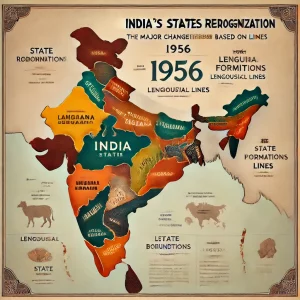
State formation in India is influenced by various factors such as linguistic, cultural, economic, and administrative needs. The reorganization process aims to ensure effective governance and address the aspirations of local populations. For instance, linguistic homogeneity was a primary criterion during the 1956 reorganization, while recent formations like Telangana were driven by demands for economic and administrative betterment.
Administrative and Political Significance
States in India have significant administrative and political roles. Each state has its own government, which exercises considerable autonomy in matters like education, health, and law enforcement. This federal structure allows for more localized and efficient governance. The relationship between state governments and the central government is crucial for maintaining national unity and addressing regional issues.
The number and organization of states in India are essential components of its federal system, reflecting the country’s vast diversity and regional complexities. From the northern mountains to the southern coasts, each state contributes uniquely to the nation’s identity. Understanding these states is key to comprehending the broader narrative of India’s development and governance.
